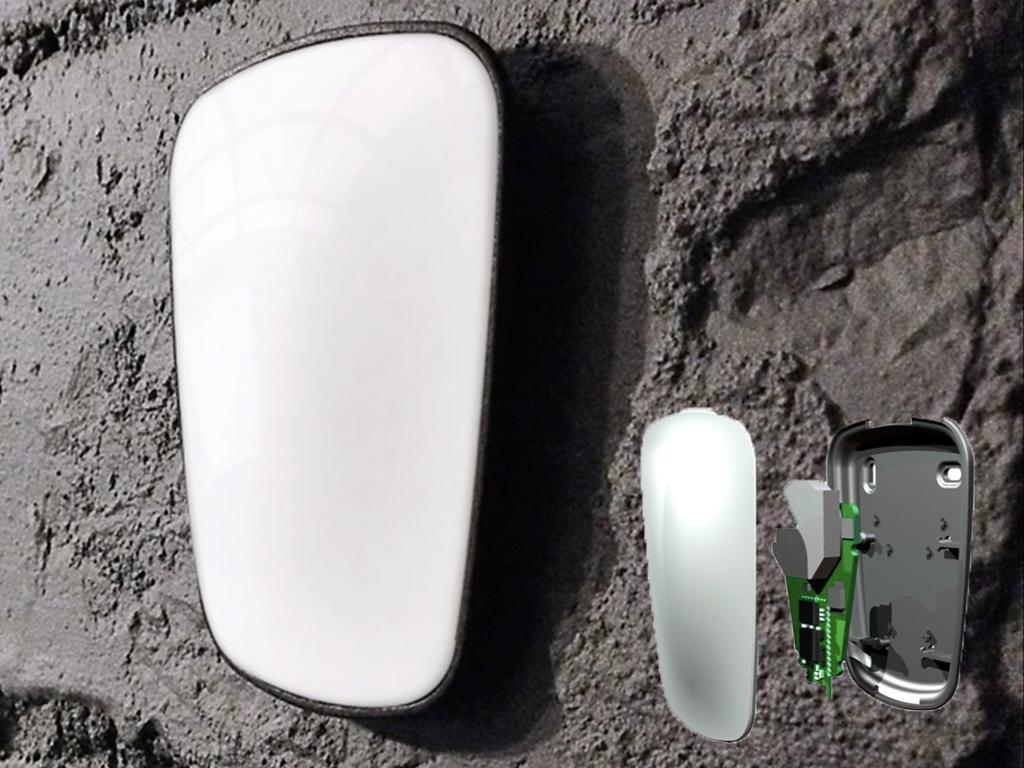The omnipresence of smartphones and the fast rise of iBeacons present new opportunities for information services.
But what are iBeacons? These are small sensors with a built-in ARM processor. The technology enables a smartphone or other device to perform actions when in close proximity to an iBeacon. With the help of an iBeacon, a smartphone's software can pinpoint its own location in a store. The sensor can also measure temperature, movement and acceleration.
iBeacons can help a phone show notifications of items nearby that are on sale, and it can enable payments at the point of sale (POS) where customers don’t need to remove their wallets or cards to make payments. iBeacon technology works using the Bluetooth Low Energy (BLE) technology, also known as Bluetooth Smart.
By using iBeacons, these new opportunities emerge:
- Contactless payments
- Indoor-navigation (which is not possible with GPS)
- Location-based measurements
- In-venue analytics (how many people passed by)
These sensors can give an extra contextual layer to products, objects and locations. The first practical applications can be found in marketing, like in-store advertising on your tablet or smartphone. You walk through a store, pick up a shoe and additional information will automatically be displayed, e.g. available sizes and colors.
You could also walk past a shop when special offers will be presented to you. It is possible to attach an iBeacon to your dog's leash, to see how many miles your pet has covered that day. Or what to think of the following scenario: an iBeacon that measures the local air temperature and signals when your plants need to be watered.
Cities can provide extra information at certain locations, show garbage collection schemes or guide you to specific points. Museums can give you on-site object information. The possibilities are nearly endless and are a good starting point for building The Internet of Things, in which objects can exchange information between each other.
The range of iBeacons is approximately 50 meters, so you can cover a reasonable area with just a few sensors. The less popular NFC (Near Field Communication) technology is cheaper per unit, but only has a range of 20 centimeters.
The price of a single iBeacon is now about € 49. A set of four will cost you around € 99. In The Netherlands, companies like Sanoma and Glimworm IT are already working with iBeacons. Waag also bought some iBeacons to experiment with, likely within the European heritage project meSch. But we are also interested in the social aspects of this new technology. What are the implications for your privacy?
Because of the decreasing cost of investment and the many possibilities I expect that the use of iBeacons will increase dramatically in the near future.


